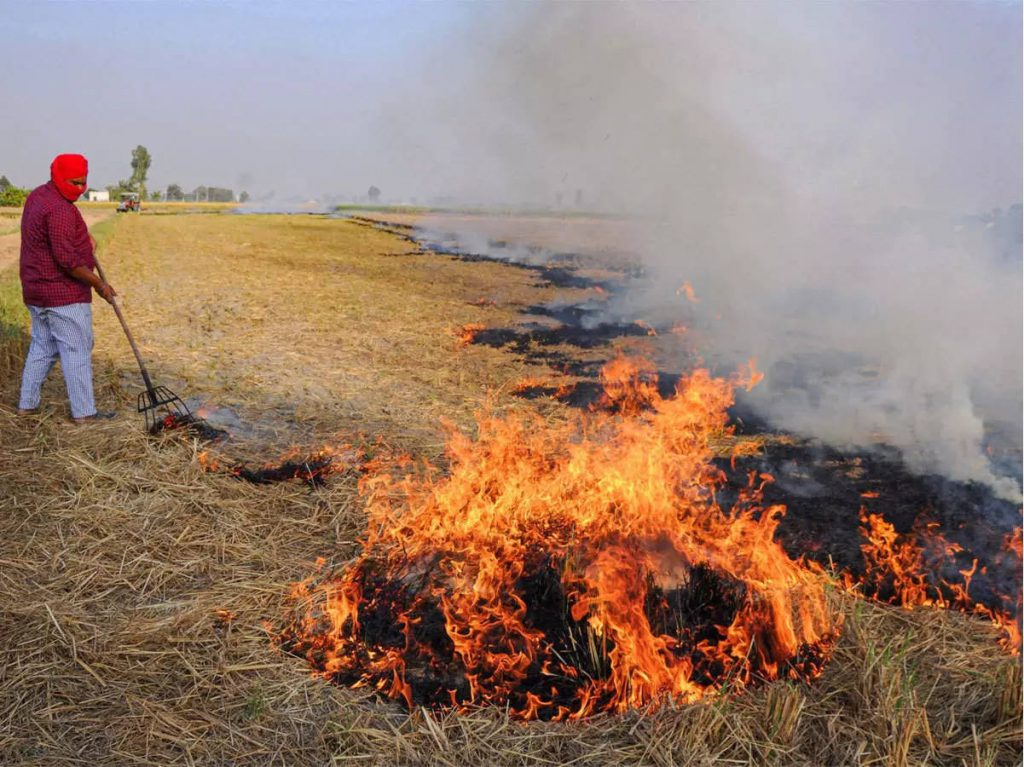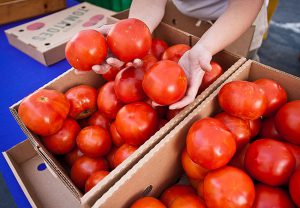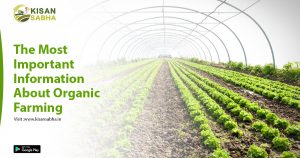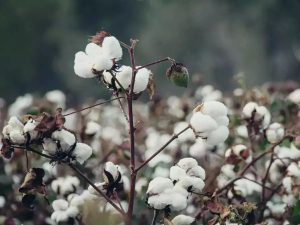Stubble burning by farmers in Punjab and other parts significantly contributes to air pollution in north India during winters. To prevent stubble burning in Punjab, the Indian Agricultural Research Institute (IARI) on Monday said it is trying in the breeding program to get higher yield in the short-duration rice varieties to help farmers can easily shift from the long-duration PUSA-44 variety.
Stubble burning by farmers in Punjab and other parts significantly contributes to air pollution in north India during winters.

Speaking to PTI, IARI Director A K Singh said stubble burning in Punjab is because long-duration paddy varieties, especially PUSA-44, are grown in the state, which matures in 155 days, offering less time for crop residue management.
While IARI’s short-duration varieties — PR126, Pusa Basmati-1509, Pusa Basmati-1692 — that mature in 120 days are released in Punjab, it has been taken up in only 5-6 lakh hectares out of the total paddy area of 31 lakh hectares in the state.
“It is because the PUSA-44 variety gives a yield of 8 tonnes per hectare. If the duration is reduced by a month, yield loss is one tonne per hectare, meaning a loss of about Rs 20,000 per hectare to farmers as against a long-duration variety,” he said.
Singh said the farmers’ perception of incurring loss from growing a short-duration variety does not hold true when the economics of growing these varieties are evaluated by taking into account various inputs and operations.
Growing a short-duration variety not only gives the farmers 25 days to manage the stubble but also save irrigation water and input costs, he added.
Short-duration paddy varieties are ready for harvesting in mid-September or October-end, providing a month window to prepare the fields for wheat sowing. Whereas the long-duration paddy varieties are harvested in October-end or the first week of November.
To discourage Punjab farmers from growing the long-duration paddy variety that has led to a rise in stubble burning incidents causing air pollution, IARI discontinued breeder seed production of PUSA-44 three years back.
“The breeder seed production of this variety has stopped and now it is not in the seed chain from breeder foundation certified seed to farmers. But there are saved seeds with farmers which are in circulation. That’s how it is still been cultivated,” Singh said.
There was at the time PUSA-44 was grown in 50 percent of the total paddy area in Punjab, which has reduced to 10-12 percent as per the state government records, he said.
“Now, it has come down, and in the next 2-3 years it will further come down,” he added.
Explaining the ways to prevent paddy stubble burning, the IARI Director said there are three ways to manage when the stubble is lying in the field after harvesting the paddy.
In in-city management, a combine harvester with the attachment of super SMS (Straw Management System) is used to cut and spread the straw uniformly in the field. After this operation is done, three practices are followed.
One option is farmers can use Happy Seeder, a tractor-mounted machine that cuts and lifts rice straw, sows wheat into the soil, and deposits the straw over the sown area as mulch.
The second option is farmers can use Super Seeder, a machine with a combination of rotary tiller and seed planter with press wheels, for sowing wheat in paddy residue without burning straw.
The third option: If farmers have sufficient time between paddy harvesting and wheat sowing then the general practice is that farmers use a moldboard plow or rotavator to turn the stubble into the soil and then provide irrigation. This takes a day and when the soil has appropriate moisture, one can go for deep plowing and prepare the field for wheat sowing.
The third option: If farmers have sufficient time between paddy harvesting and wheat sowing then the general practice is that farmers use a moldboard plow or rotavator to turn the stubble into the soil and then provide irrigation. This takes a day and when the soil has appropriate moisture, one can go for deep plowing and prepare the field for wheat sowing.
The third option: If farmers have sufficient time between paddy harvesting and wheat sowing then the general practice is that farmers use a moldboard plow or rotavator to turn the stubble into the soil and then provide irrigation. This takes a day and when the soil has appropriate moisture, one can go for deep plowing and prepare the field for wheat sowing.
As far as PUSA bio-decomposer is concerned, the IARI Director said, “In all three situations, decomposer can be used because it is only a fungal consortium. Decomposer can be applied in any situation.”
However, the most prominent practice that IARI has been recommending from the beginning is that after harvesting when stubble is spread in the field by straw management system, apply decomposer and use a rotovator to turn stubble into soil.
If moisture is there, it is ok. If not, use light irrigation and leave the field for 25 days and thereafter go for plowing the field 2-3 times, preparing the field for wheat sowing, he said.
Read More at-https://bit.ly/3tcq3rM





